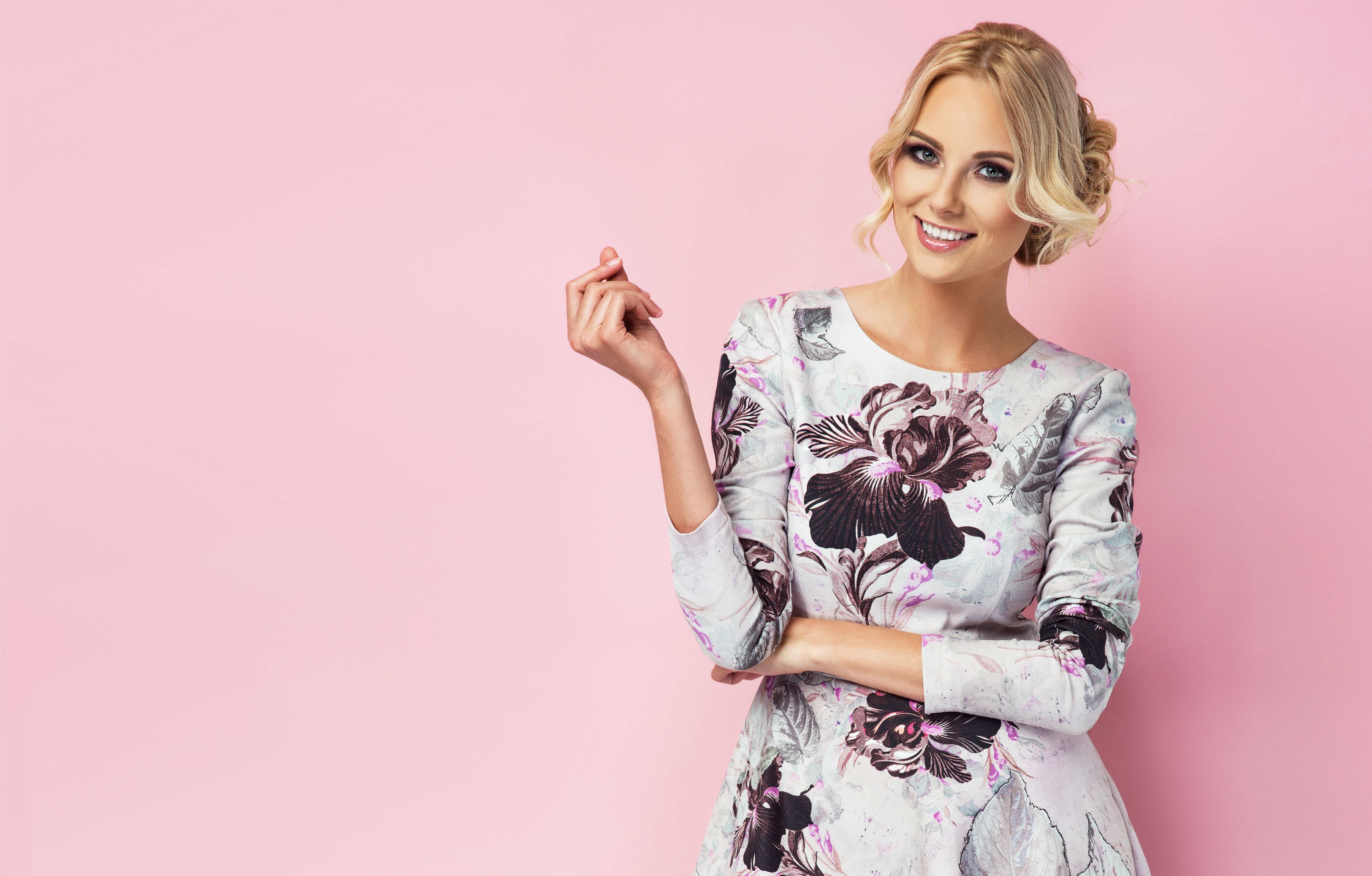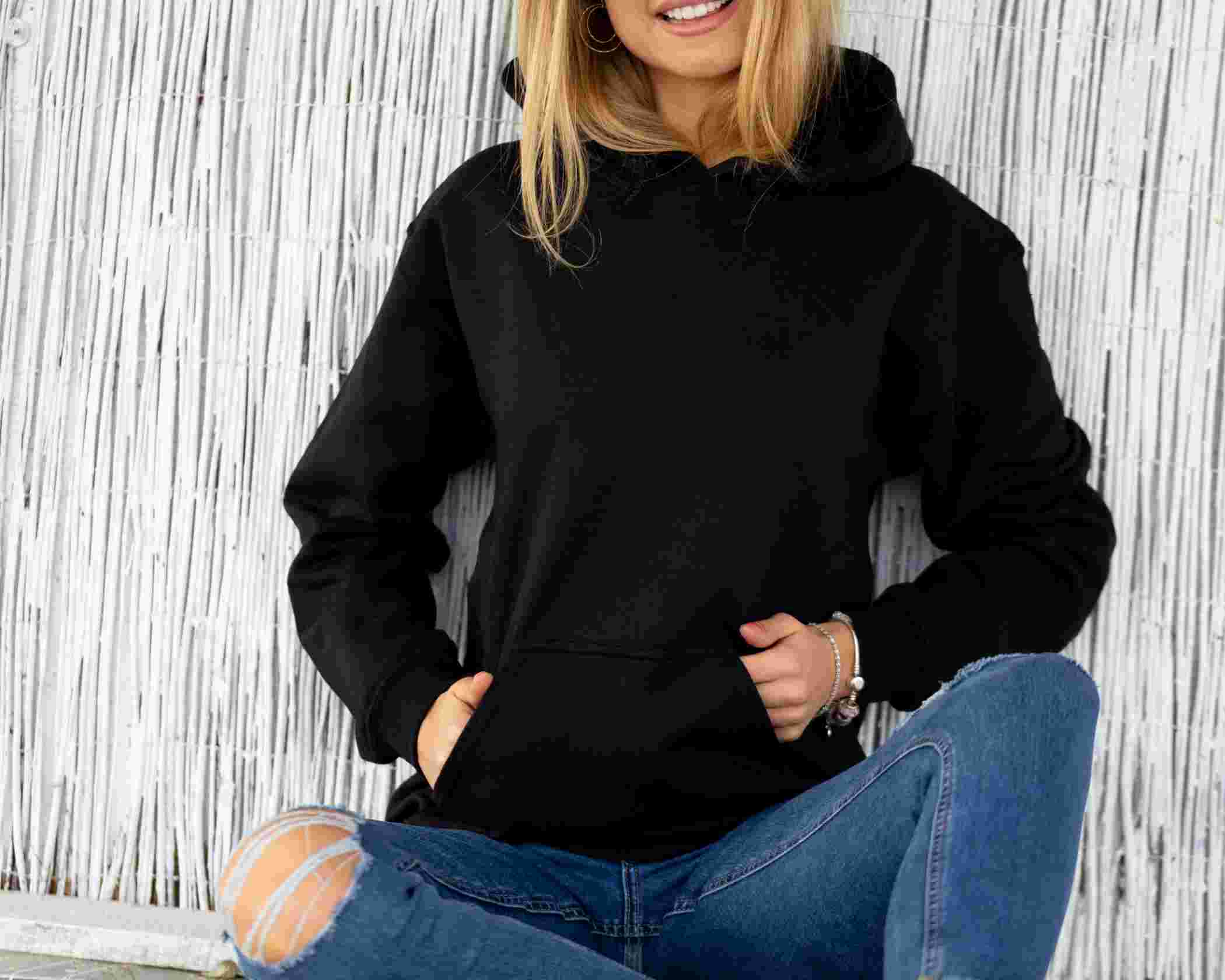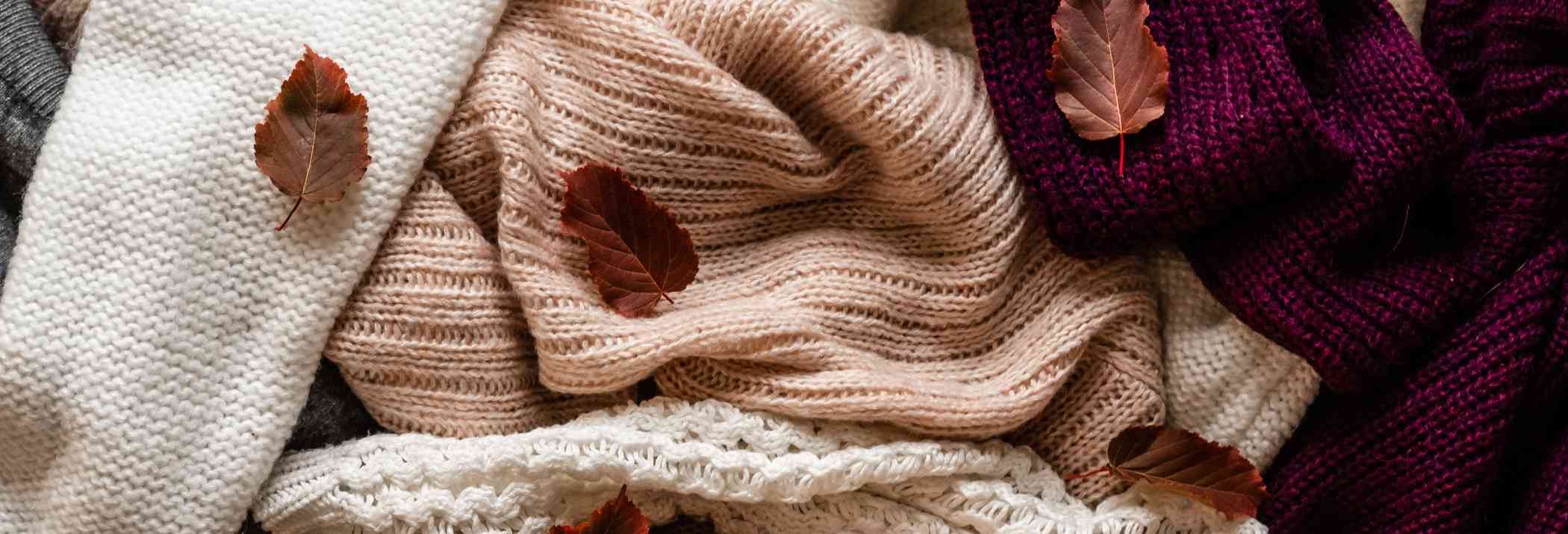Inspirations from 70s Fashion: A Designer's Playbook

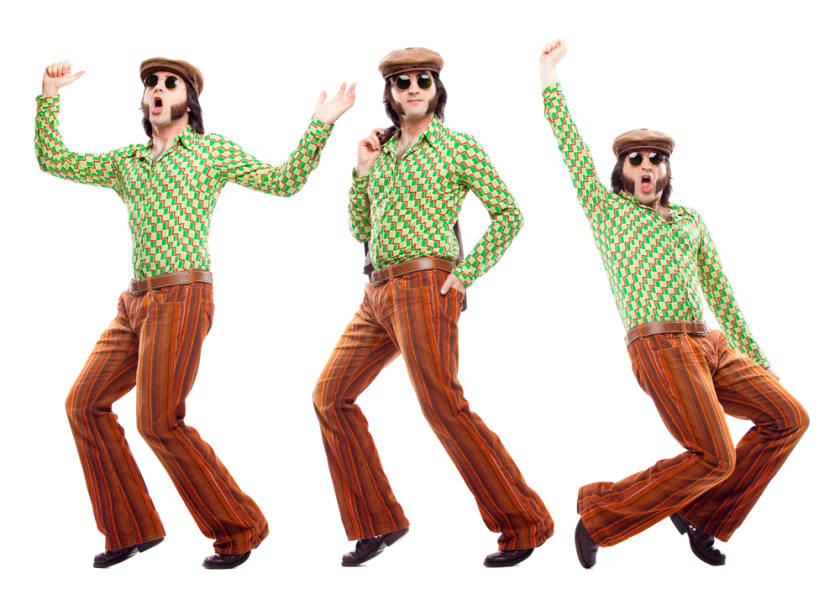

When we think about the ‘70s, we think about the recovery from the hippie styles of the 60s, over drowned with A-line trousers and high-waisted pieces of denim. As the years progressed from the 60s to the 70s, the ready-to-wear items flooded the boutiques making clothing easily available for all. New synthetic fabrics also entered the textile and clothing industry, which further brought down the prices, making the clothes less expensive. This was the decade when the flashy partywear worn to the discos came into being. Athletic wear also began to become popular in the late 70s.
Womenswear in the 70s
The fashion from the 60s had footprints on the 70s fashion. The hippie style continued to have some influence over the 70s fashion. However, things began to change as the years passed, giving rise to the new punk fashion. Although the hippie style wasn't incorporated in the high fashion of the 60s, the style began to get incorporated in the high fashion in the 70s.
The style themes such as individual style, flats, platforms, and fringed patterns were seen all over the fashion industry. Tie-dye patterns, bell-sleeved tops and dresses, crochet dresses, peasant blouses, and bell-bottoms were the thing.
Short skirts also made their way into the fashion world with style icons like Jane Birkin inspiring their fans and followers to wear bottoms with a short hem and sky-high boots.
The styles which have been seen recently in the fashion industry, such as off-the-shoulder dresses, jumpsuits, crop tops, and even silk dresses, were seen for the first time in the 70s.

Menswear in the 70s
Menswear continued to have popping and bold characteristics. In the early 70s, the so-called "Peacock Revolution" that started in the 50s made it acceptable for men to wear outfits that were bold and had vivid prints. The men also started to have long hair as a part of the 70s fashion. Suits continued to rule in the men's fashion industry.
Men in the early 70s tried to look and embraced styles such as turtlenecks, slim-fit shirts, tight-flared bottom wears, etc. Sleeveless waistcoats, single-breasted jackets, blouson jackets made from synthetic fabrics, corduroy, or leather were mostly seen during this decade.
Apart from the clothing items, accessories like a wide belt with large buckles drew attention to the centre of the body, which gave an illusion of a slimmer body.
Similar to the way womenswear got elements from men's fashion, menswear also adopted elements from women's fashion items. Menswear became more and more gender-neutral. Both men and women sought skinny apparel. However, as the decade progressed, the silhouette of men's wear began to widen again.
In the mid-70s, punk fashion made its way into the fashion world. Although it spread widely throughout North America and Europe, its roots were in London, where the style was made popular by Vivienne Westwood, who went on to design clothes for Malcolm McLaren's boutique. Characteristics of the punk style included slashed, ripped, and embellished clothes. The t-shirts featured anarchistic slogans. The music industry also helped in promoting punk style as various bands influenced their followers to create their version of clothes that were worn by the band members.
Men started sporting tracksuits and sports shoes as the trend of athleisure wear came into being. Tracksuits, sports t-shirts, and jerseys were witnessed on popular personalities like Bob Marley. Clothes having an athletic touch became an integral part of everyday fashion in the 70s.
Kidswear
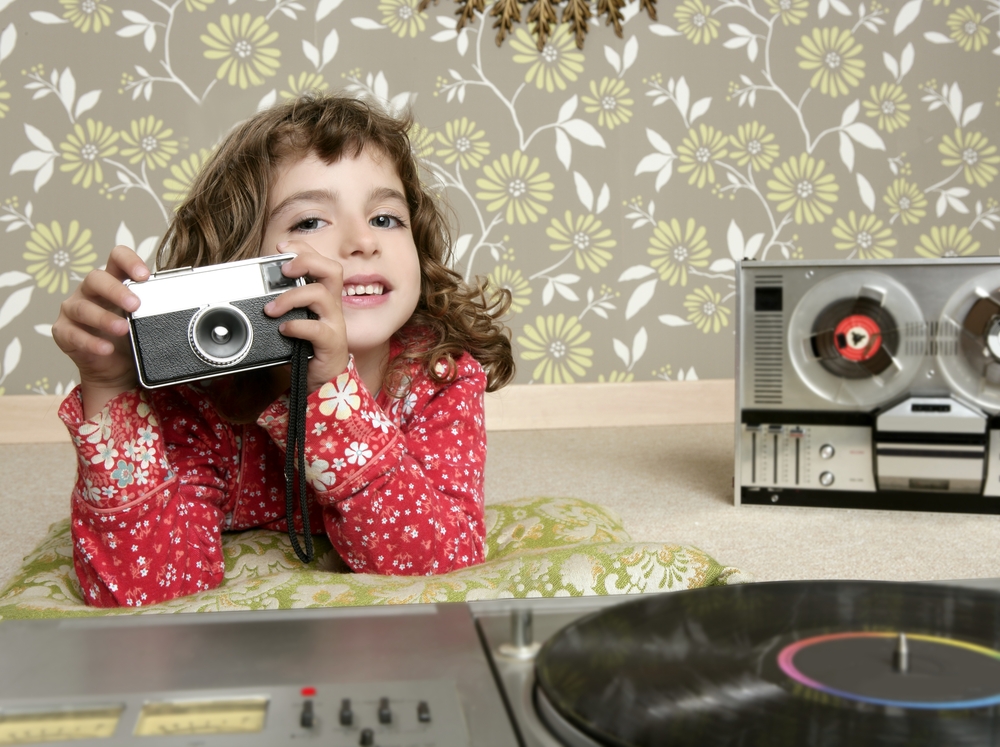
The kids' wear in the 70s took inspiration from adult fashion. Vivid and bold colours could be seen both in boys' and girls' fashion. Similar to adult fashion, the clothes became gender-neutral as both the girls and boys wore trousers, jeans, and t-shirts.
Throughout the decade, boys wore brightly coloured trousers with flaring. The patterns like stripes and plaids became a common sight. The bottoms came with matching vests, which were often belted. These pieces acted as another layer under the brightly coloured button-down shirts. The leisure suit that was popular among the adults during the 70s was also worn by the boys.
As the years progressed, the styles became less formal. Screen printed shirts and raglan shirts became staples in the late 70s. Sportswear had replaced serious formal wear. Even though the colours dominated the 70s, they became slightly easy on the eyes later in this decade.
The girls wore bright colours, too, throughout the decade. Even if flared trousers were the trend in the 70s fashion, girls opted for feminine apparel like skirts and dresses. The most prominent patterns that were noticeable during the decade included plaids, paisleys, florals, and bold colours. Girls continued to wear miniskirts and dresses, unlike the women of the 70s. The dresses had a touch of Victorian styles as these dresses had frilled collars and other such elements. With the progress in years, the girls started to wear clothes with a longer hem.
The mid-70s saw unique apparel worn by the girls of the 70s, i.e., the overall with flared bottoms. The colours, you may already guess by now, were vivid and bold. The late 70s also saw people wearing matching pant sets. However, the flare started to reduce as the years headed towards the 80s.
Fashion Icons of the 70s
Mick and Bianca Jagger were the style gods of the 70s. Almost all the 70s style and glamour were epitomised in their relationship. Mick Jagger was British and the frontman of the Rolling Stones. He met Bianca backstage at a concert in 1970. They married in 1971, and their wedding was proof of their fashion status. Bianca wore a white tuxedo jacket by Yves Saint Laurent with a full-length skirt along with a veiled hat. Mick Jagger wore a three-piece suit with a paisley printed shirt inside.
Even if their marriage lasted 7 years, both continued to be fashion icons of the 70s and gave fashion inspiration to many. Mick bore long hair and had a lifestyle of a rockstar, and Bianca became friends with celebrities like Andy Warhol. This reinforced her fashion status. She went to Studio 54, one of the most famous nightclubs of the 70s, wearing a tight dress made of silk. She created such waves of fashion that Studio 54 almost became synonymous with her. Another striking fashion statement was the off-the-shoulder dress in red that she wore to another nightclub. The impact she had on the fashion industry of the 70s has endured the test of time as her name still resonates with 70s fashion.
Conclusion
This was the scenario of the 70s fashion, which can be said to be bright, bold, and colourful in a single statement. Sportswear began to be accepted as the new leisurewear. Plaids, stripes, and paisleys were seen everywhere. Many of the fashion elements from the 70s have made a comeback recently. Therefore, if you are a designer or someone looking for some fashion inspiration, this article will be helpful for you.
Apart from all these, if you are a designer who wants to turn their designs into actual clothes and looking for a cloth manufacturing platform, Fashinza is here to cater to your needs. Fashion is a B2B apparel manufacturing platform that acts like Amazon for designers or brands.
All you have to do is place your order with us. The entire production process, from design to delivery, will be taken care of by us. We offer our platform where you can place your order, track it and even receive updates on your order. We have already collaborated with brands like Forever 21, Bewakoof.com, Clovia, Libas, and many more. Visit our official website and sign up now.















